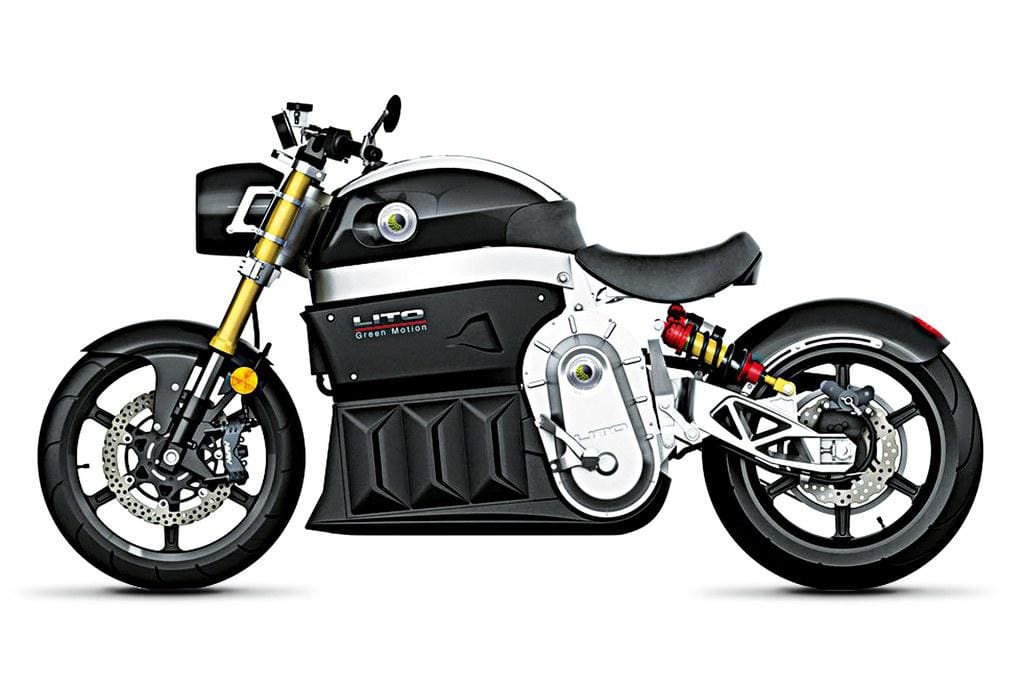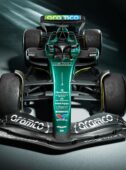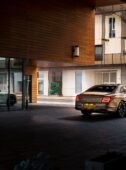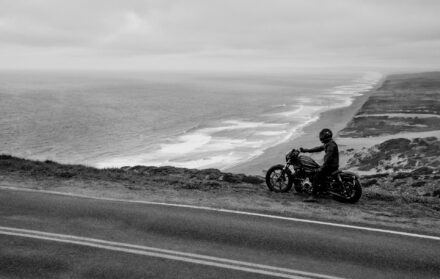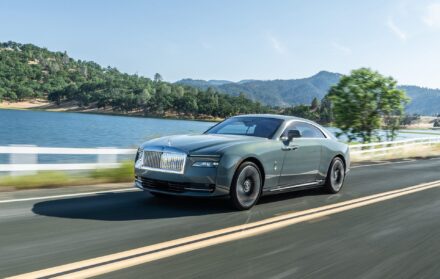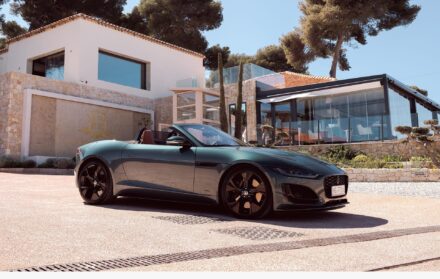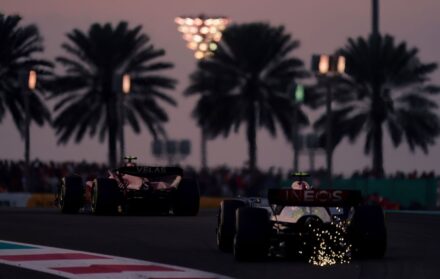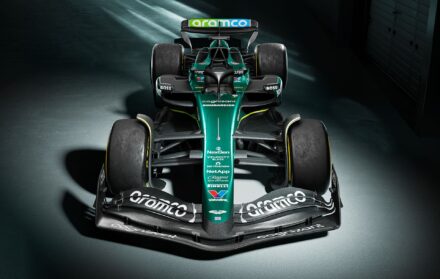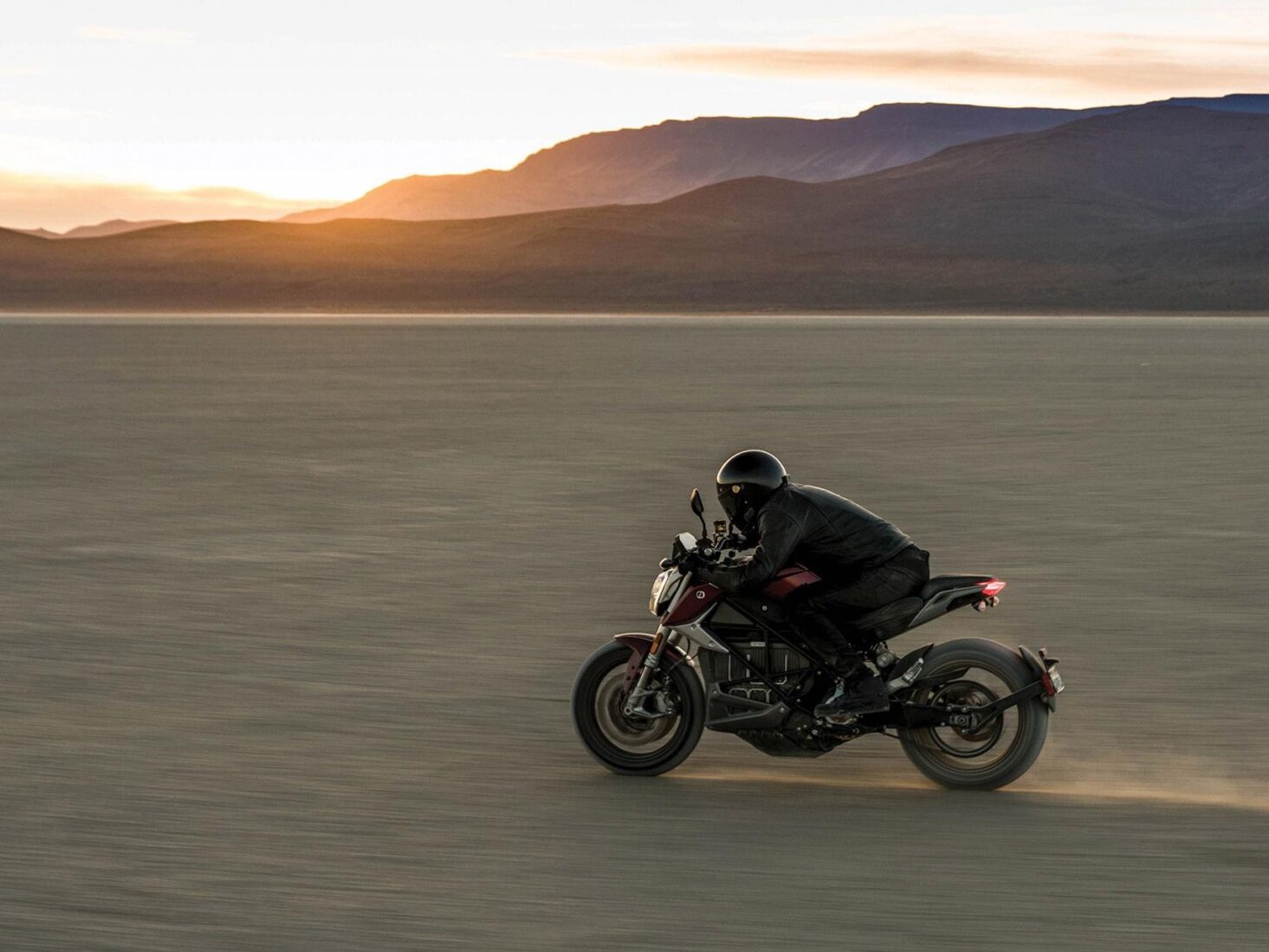
Down to the wire: electric motorbikes
With the UK currently set to ban the saleof fossil-fuelled vehicles by 2040, what does the future of life on two wheels look like?
While the exact moment the electric motorcycle was first conceived is contested, a patent filed in December 1895 accounts H. W. Libbey, of Boston, Massachusetts, as the first person to imagine an electric bicycle. As he wrote when his patent was accepted in 1897, “the object of my invention is to produce a bicycle to be propelled by electricity generated by primary batteries and in motors therefor.”
The efforts of most motorcycle companies in the 20th century might have centred around the four-stroke combustion-engine, but, more than 120 years after Libbey’s invention, the industry’s biggest players are today revisiting the primary principle laid out in his patent. Following innovations made by independent, small-scale companies such as California-based Zero Motorcycles, and the Italian EV racing pioneers Energica Motor Company, Harley-Davidson, BMW Motorrad, Triumph, and even Ducati, have all announced their electric dreams.
Historically, it has been issues surrounding cost, performance and battery longevity that has prevented electric motorcycles developing at the same pace as electric cars. Lithium batteries in fully-electric and hybrid cars can weigh more than 500kgs – getting the same technology into a machine that weighs just 200kgs had been an uphill struggle. Over the past decade, however, the cost of lithium batteries has dropped by as much as 80 per cent, and with batteries now weighing far less, performance values have increased at a staggering rate – as have sales figures.
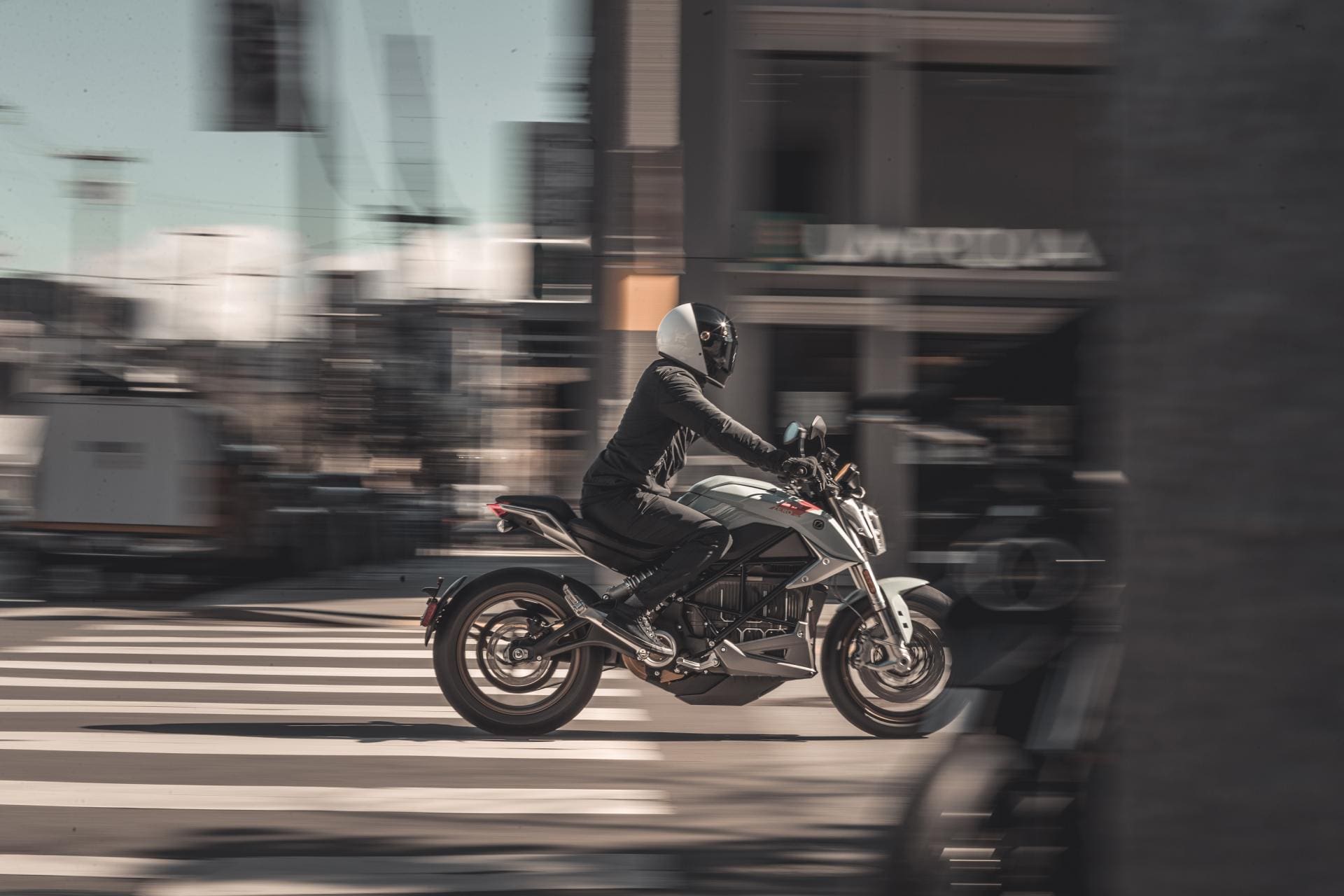
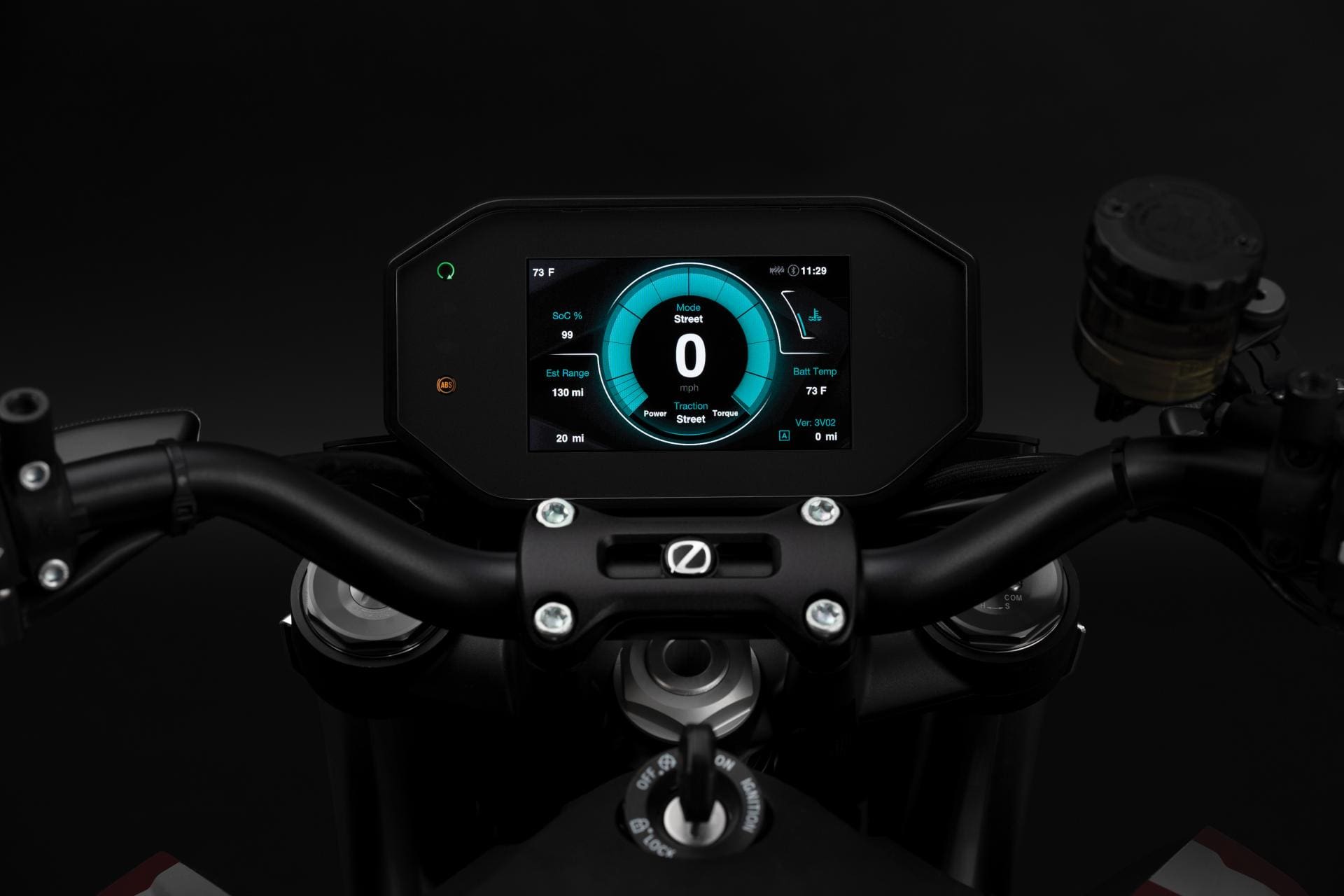
A report by market research company Technavio predicts that the global high-performance electric motorcycle market – that’s everything above electric motorcycles and scooters – will grow at a compound annual growth rate of 42 per cent until 2021. In Europe, registrations of electric motorcycles in Q1 of this year were up 19.2 per cent compared to the same period last year. So which brands have been leading the charge?
Zero Motorcycles was founded in 2006 in Santa Cruz, California, by Neal Saiki, a former NASA engineer, and began shipping in volume in 2010. The company’s chief technology officer, Abe Askenazi, notes that in just a few years battery optimisation has seen the range of its motorcycles increase from 40 miles to 200 miles, effectively eliminating the fear of running out of power between charges. Today, Zero Motorcycles boasts five models in its range, with the new Zero SR/F producing a whopping 190Nm of torque and 110 horsepower. It distributes to more than 30 countries and has 13 dealerships in the UK alone. But while Zero has not released figures, it is estimated that global sales last year still came in at under 3,000 units.
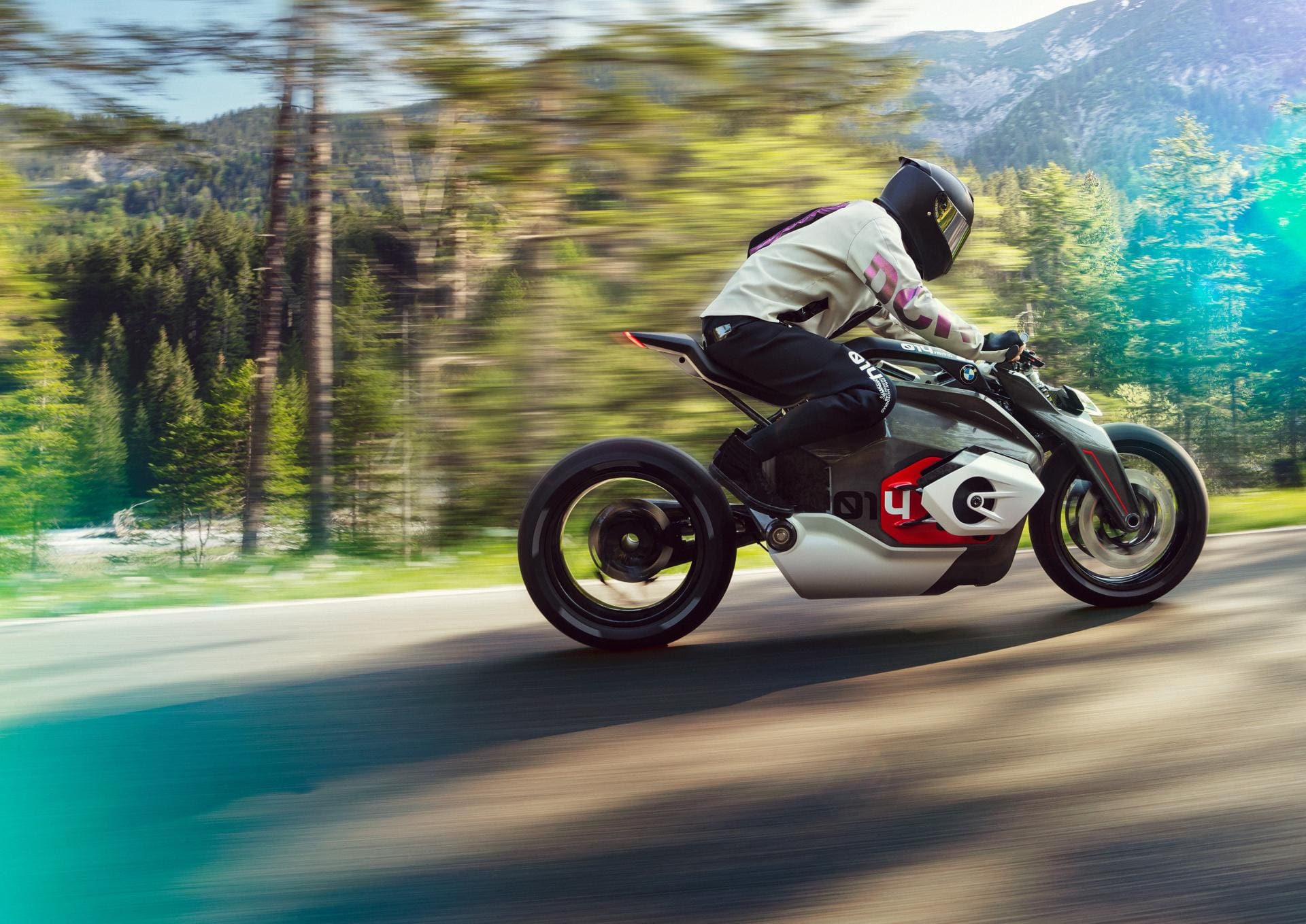
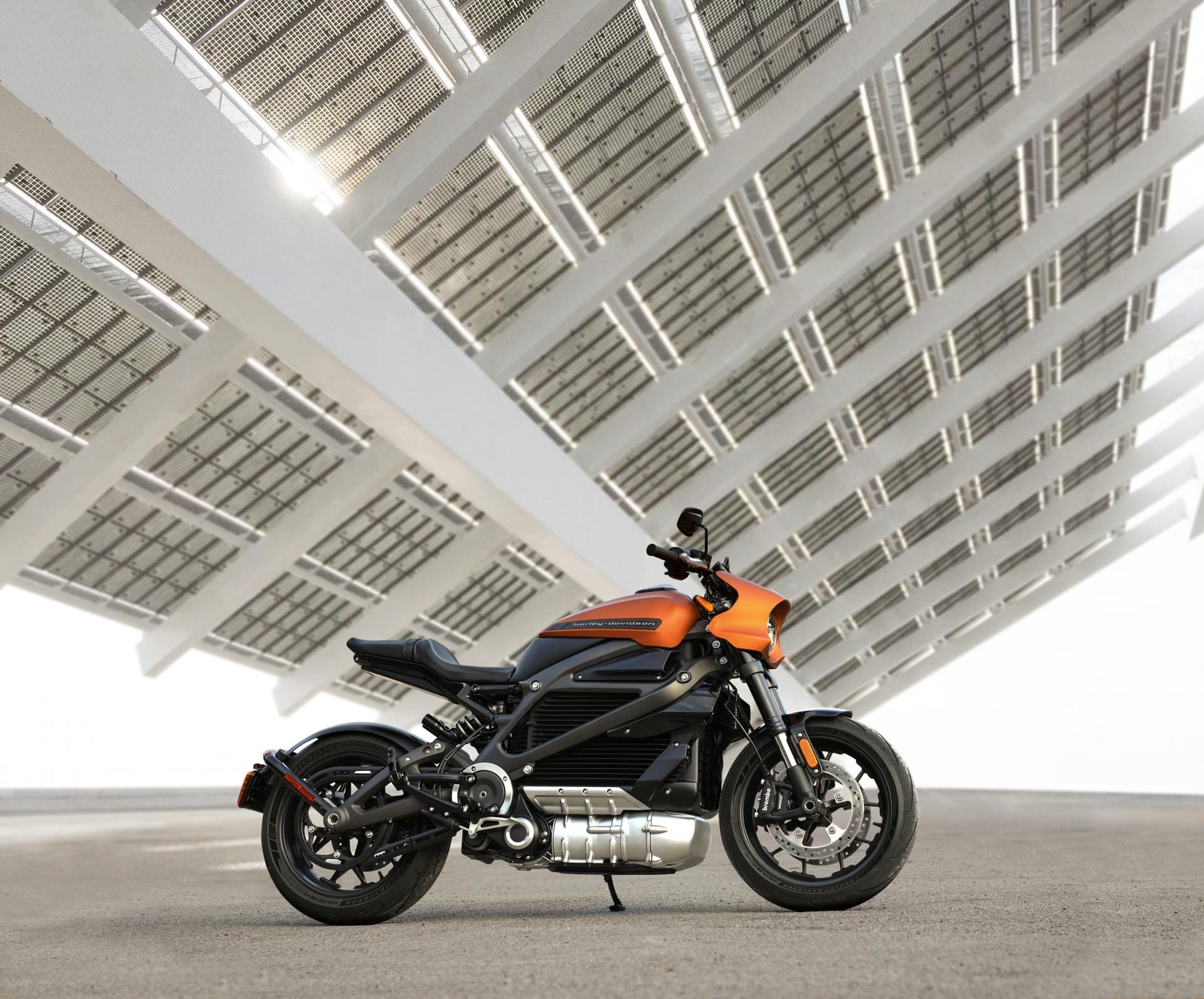
Alongside Zero is Energica Motor Company, founded in 2014 in Modena, Italy. Like its nearby performance-focused automotive cousins Ferrari, Pagani, Lamborghini and Maserati, Energica has honed its product towards sheer eye-watering power and speed. Using the all-electric eCRP 1.4 racing motorcycle as its basis, it unveiled its first production motorcycle, the Ego, back in 2014. Today, the Ego hurls out a staggering 200Nm torque and 145 horsepower, allowing it to accelerate from 0 to 60mph in three seconds, and reach a limited top speed of 150mph. Those numbers are blindingly impressive, and its sister model, the Eva, takes all of the above and adds 100 miles of range. The best bit? It’ll fast charge from 0-85 per cent in just 30 minutes. There are other boutique companies too; British-born Arc, Austrian Super SOCO, Sweden’s CAKE, Belgium’s Saroléa, and then there’s American Lightning Motorcycles – makers of the 218mph LS-218, the world’s fastest production motorcycle.
Despite the best efforts of these independent brands, sales remain low. The sheer cost of R&D and production for these small companies, coupled with material costs, means that prices remain high. Thankfully, for environment-conscious motorcyclists, the price of going electric looks set to come down, as an increasing number of industry heavyweights enter the battery-powered market. In July, Harley-Davidson launched its much-anticipated LiveWire. The figures? It goes from 0-60mph in three seconds, has up to 146 miles of range, and a full charge in just an hour. It’s been years in the planning, almost a decade, in fact, but it’s here, it’s gone into production, and it’s a total game-changer for gnarly Harley. Granted it’s on the road price is close to £30k, but Harley states this is the flagship model in a whole range of new electric motorcycles. Exciting times.
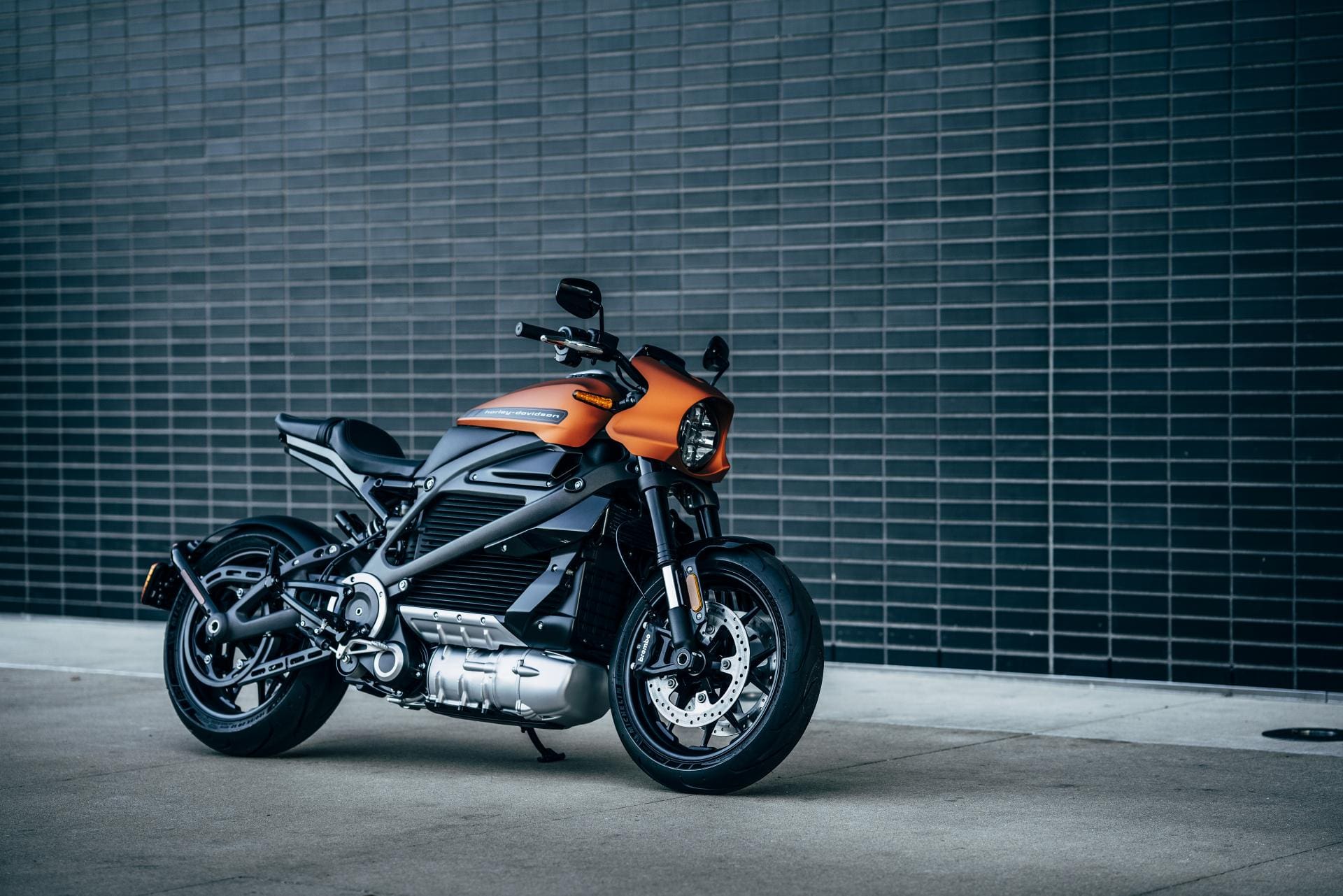
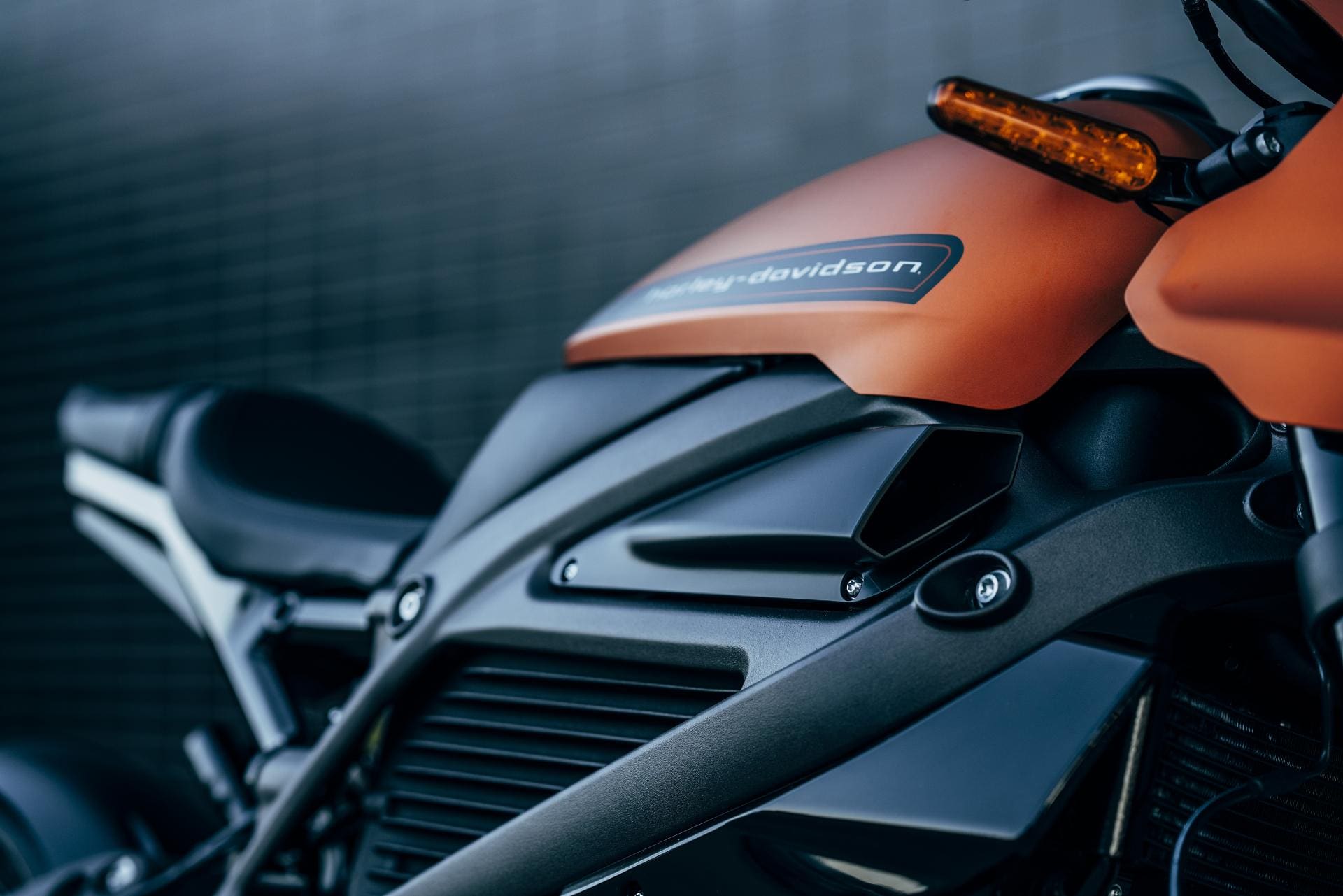
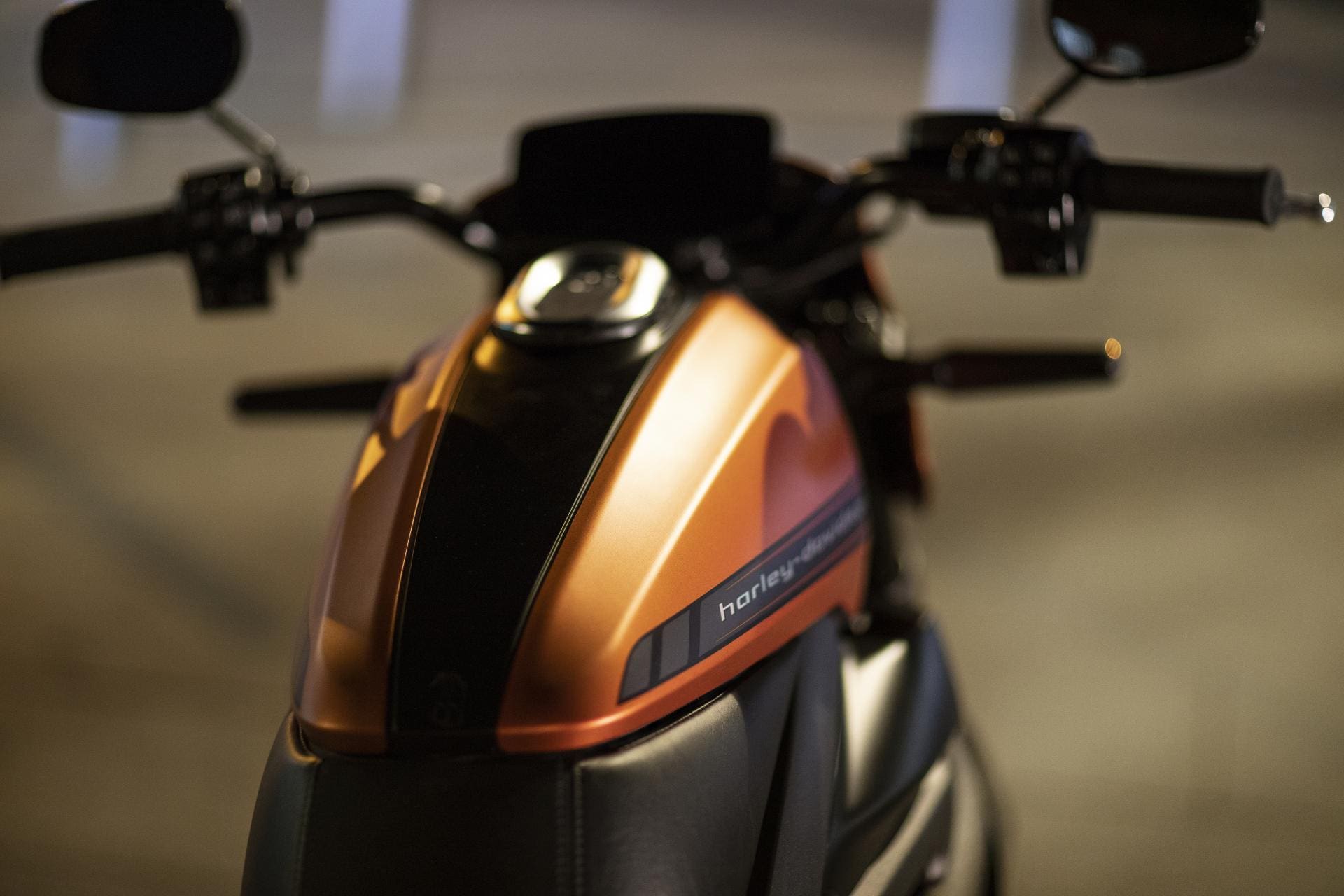
Elsewhere, BMW Motorrad has just unveiled its first EV concept, the Vision DC Roadster. “The Vision Bike shows how we’re able to retain the identity and iconic appearance of BMW Motorrad in distinctive form while at the same time presenting an exciting new type of riding pleasure,” says Edgar Heinrich, the company’s head of design. In addition, Triumph has partnered with Williams Advanced Engineering on Project Triumph TE-1, a two-year scheme to develop the most advanced electric motorcycle system to date. As Triumph’s CEO, Nick Bloor, states, “Project Triumph TE-1 is one part of our electric motorcycle strategy, focused on delivering what riders want and expect from their Triumph, which is the perfect balance of handling, performance and usability.”
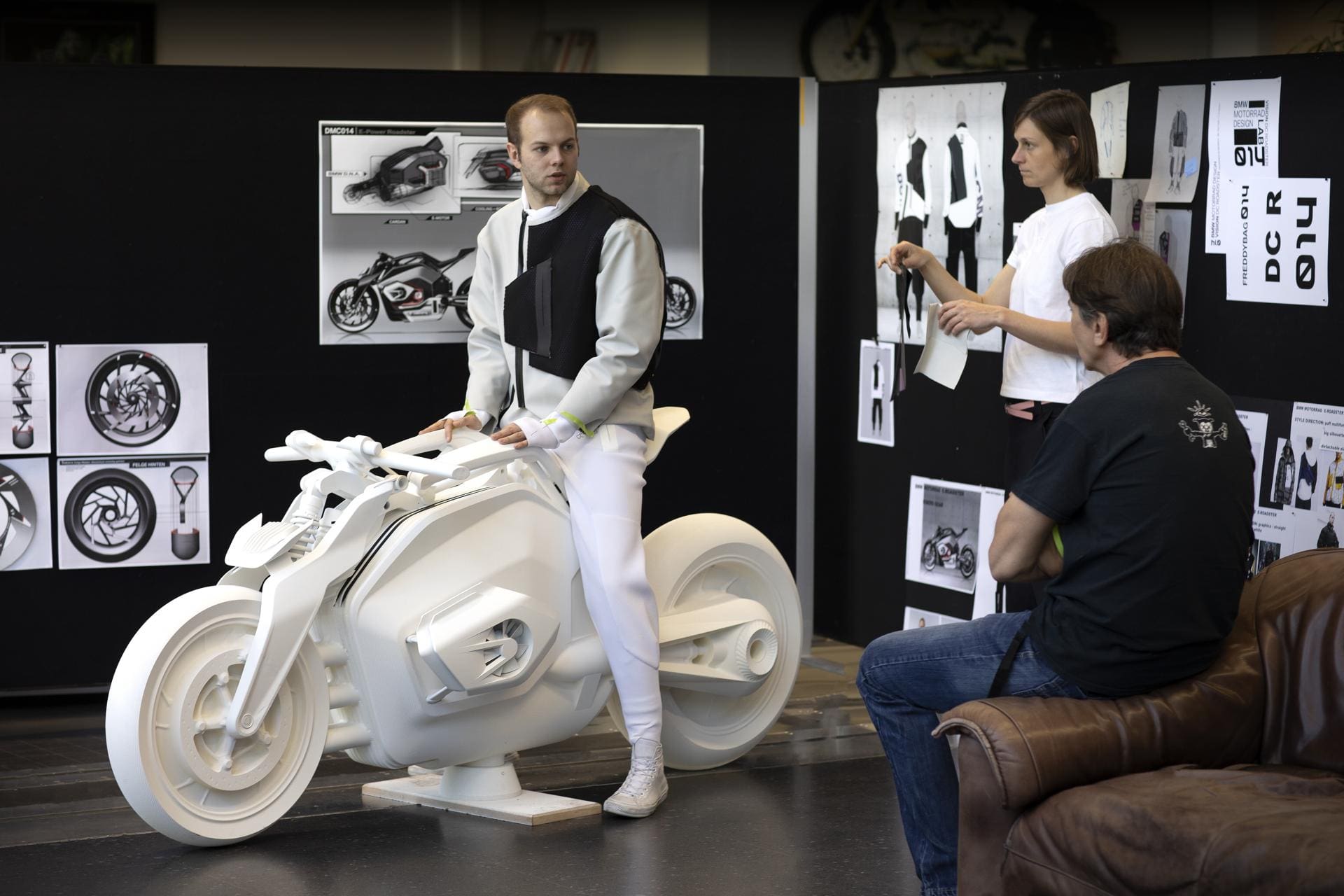
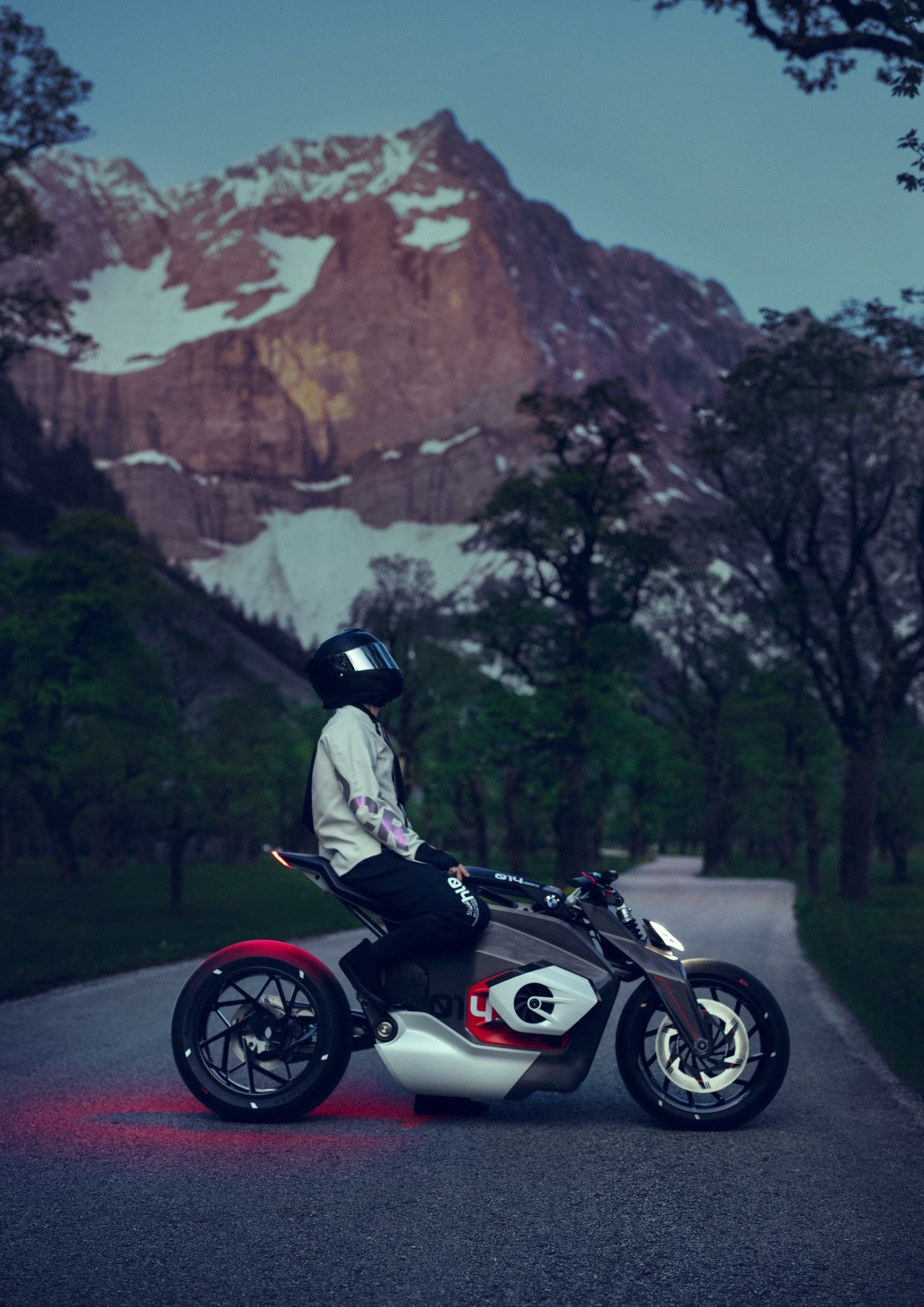
And even Claudio Domenicali, Ducati’s CEO, has nodded to the electric future of the brand. He told Motor Cycle News: “We are already drawing what the perfect electric bike is.” A bold statement in the first instance, and demonstrative of the fighting talk behind the future of EV motorcycles. The reality is that every motorcycle manufacturer will have to, by law, adopt an electric approach to continue trading in the future, and, right now, we’re just scratching the surface of possibility. Prices will inevitably start to fall, ranges will increase, charge times will get shorter. As it stands, for those with the capital, the capacity for charging, and the desire to stick to short road trips, the right bike is already out there. The rest of us wait with bated breath – but the wait won’t be long.
Six of the Best
2020 Zero SR/F
Zero Motorcycle’s first new model since 2016, the 2020 Zero SR/F is powered by a new ZF75-10 IPM motor and ZF14.4 lithium-ion battery, delivering 140 lb-ft of torque and 110 horsepower.

Energica Eva
The first 100 per cent electric streetfighter made in Italy, Energica Eva has a range up to 125 miles (200 km) (ECO mode) and can reach a top speed of 125 mph (200 km/h) in Sport mode.
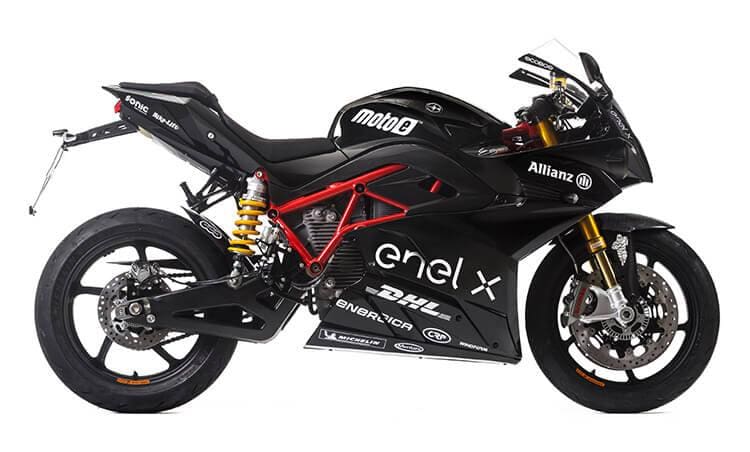
Livewire
Harley-Davidson’s first foray into electric motorcycles packs just as much of a punch as you’d expect from the industry stalwart: 0-60 in three seconds, 104bhp and 86lb ft of torque.
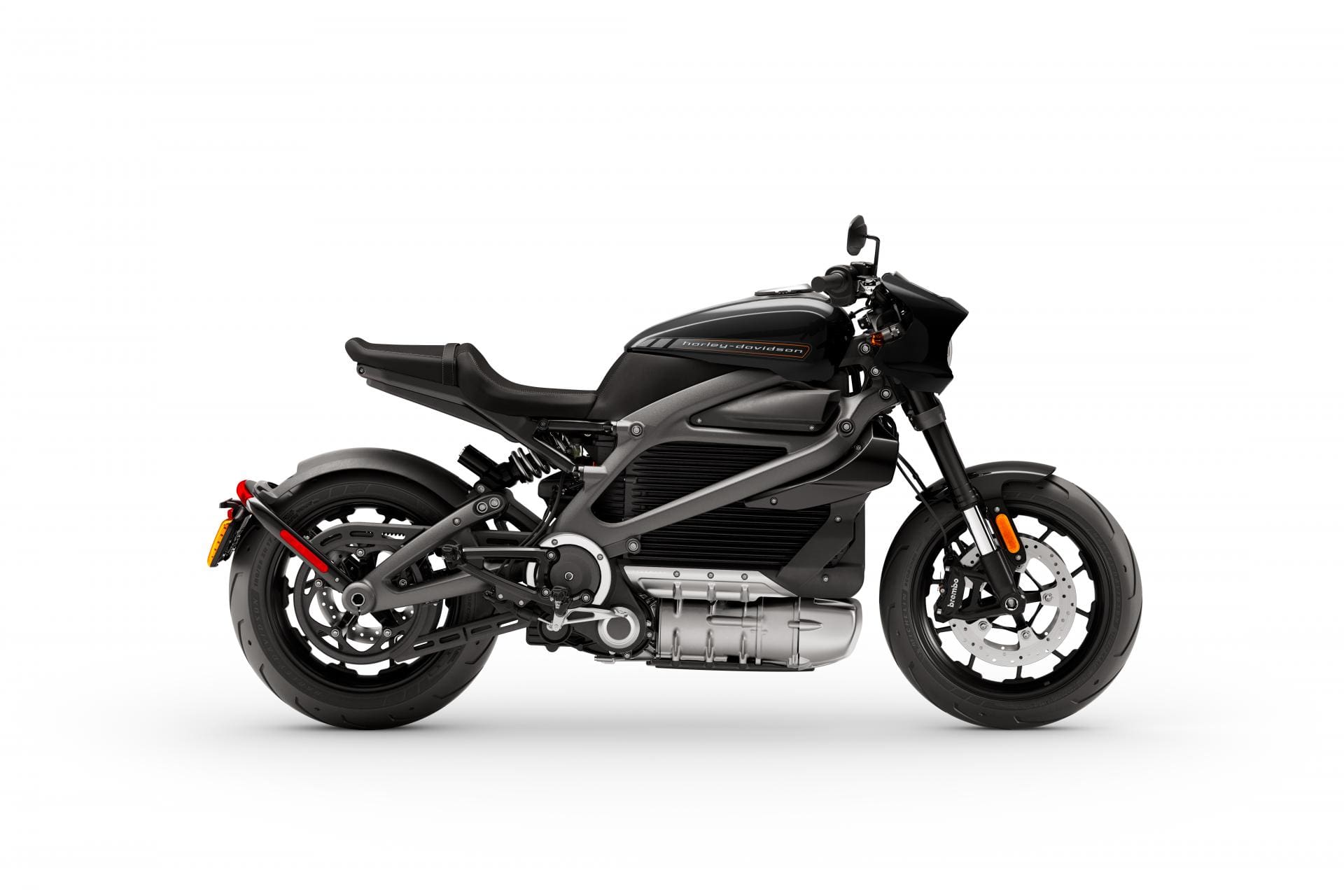
Lightening LS-218
The debut of American start-up Lightening Motorcycle, the Lightening LS-218 claims to be the fastest electric motorcycle on the market – so much so it was named after its top speed, 218mph.

BMW Vision DC Roadster
BMW’s EV concept is based on its existing line of BMW Motorrad bikes – retaining the identity and feel of its signature two-wheeler but with the core of an electric vehicle.
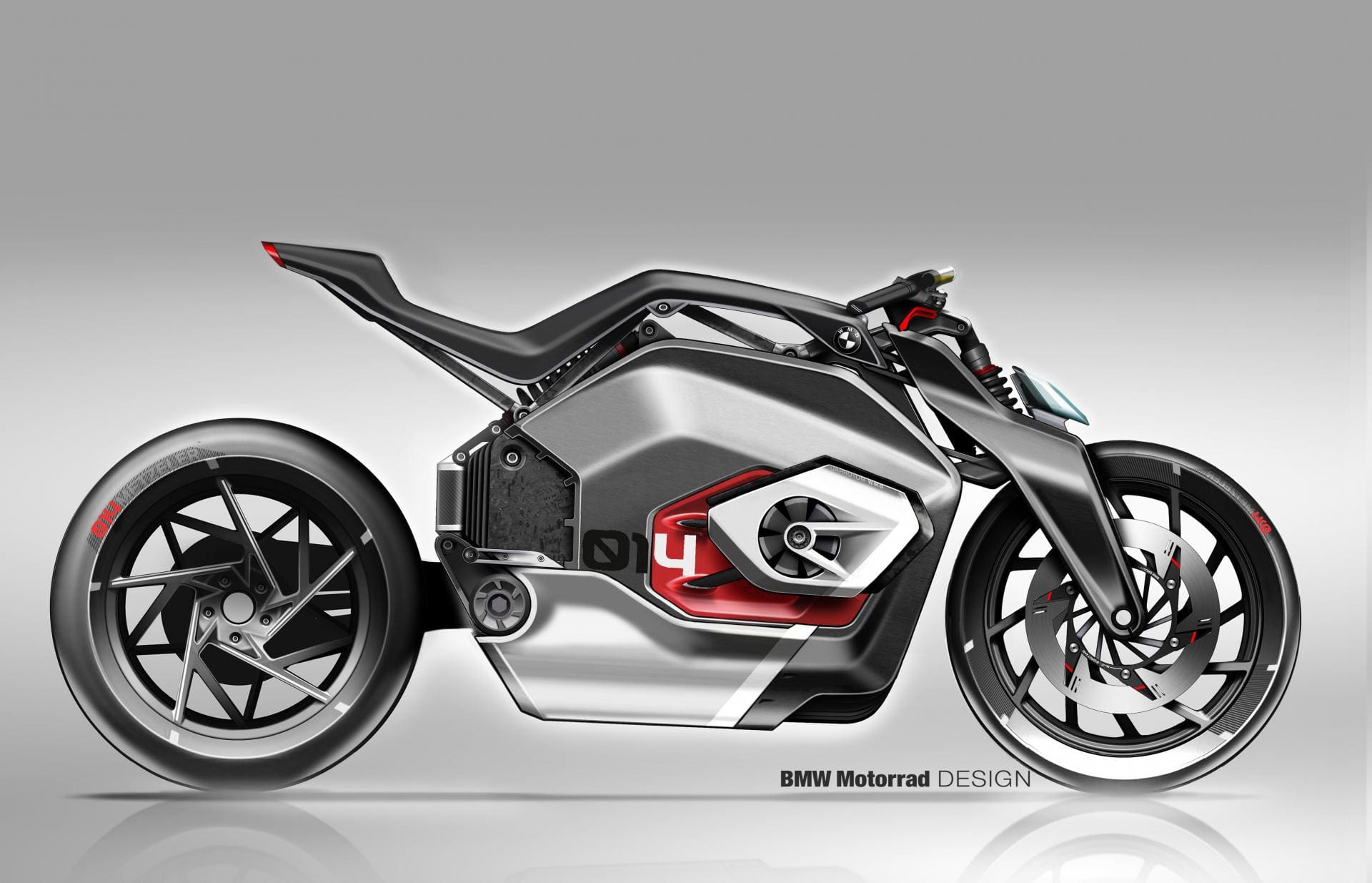
Lita Sora
One of the most luxurious hybrid motorcycles on the market, the Lita Sora boasts a slick old-school style design along with mod-cons such as a touchscreen navigation system.
